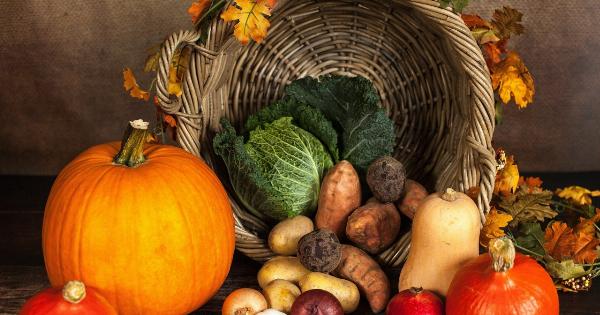It’s no secret that fruits and vegetables are an essential part of a healthy diet. However, what many people don’t know is that conventionally grown produce is often treated with pesticides to protect against pests and fungal diseases.
While these pesticides can help farmers increase crop yields and reduce losses from pests, they can also pose risks to human health and the environment. In this article, we’ll take a closer look at the use of pesticides in agriculture and how they affect the fruits and veggies we eat.
What are pesticides?
Pesticides are chemical substances used to control or kill pests that can damage crops, such as insects, rodents, fungi, and weeds. They are commonly used in agriculture to protect crops from damage and increase yields.
Pesticides are applied in various forms, including sprays, dusts, baits, and fumigants.
How are pesticides used in agriculture?
Pesticides are applied to crops in different ways depending on the type of pesticide and the crop being treated. Some pesticides are applied directly to the soil, while others are sprayed on the crop foliage.
The timing and frequency of pesticide applications vary depending on the specific crop being grown and the pest or disease being targeted.
What are the risks associated with pesticide use?
While pesticides can help farmers increase crop yields and reduce losses from pests, they can also pose risks to human health and the environment.
Pesticides can contaminate soil, water, and air, and can harm non-target organisms such as pollinators, birds, and aquatic life. Human exposure to pesticides can occur through direct contact, inhalation, and ingestion of contaminated food and water.
How are pesticides regulated?
In the United States, the Environmental Protection Agency (EPA) is responsible for regulating pesticides. The EPA sets standards for pesticide use and establishes limits on the amount of residues that can remain on food.
The agency also reviews the safety of each pesticide before approving it for use in the United States.
Which fruits and vegetables have the highest pesticide residue?
The USDA’s annual report on pesticide residues in food found that some fruits and vegetables have higher levels of pesticide residues than others. Here are some of the produce items found to have the highest levels of pesticides:.
- Strawberries
- Spinach
- Kale
- Nectarines
- Apples
- Grapes
- Peaches
- Cherries
- Pears
- Tomatoes
What can you do to reduce your exposure to pesticides?
While it may be difficult to completely avoid pesticides in your diet, there are some steps you can take to reduce your exposure:.
- Choose organic produce when possible. Organic certification prohibits the use of synthetic pesticides and requires farmers to adhere to strict guidelines for pest management.
- Wash all fruits and vegetables with water before eating. This can help reduce residues on the surface of the produce.
- Peel fruits and vegetables with thick skins, such as oranges and bananas. Pesticides tend to accumulate more on the surface of the skin than inside the fruit.
- Trim the fat from meat, poultry, and fish. Pesticides can accumulate in animal fat.
Conclusion
Pesticides are used in agriculture to protect crops from pests and diseases, but they can pose risks to human health and the environment.
While it may be difficult to completely avoid pesticides in your diet, choosing organic produce and following proper food safety practices can help reduce your exposure.





























